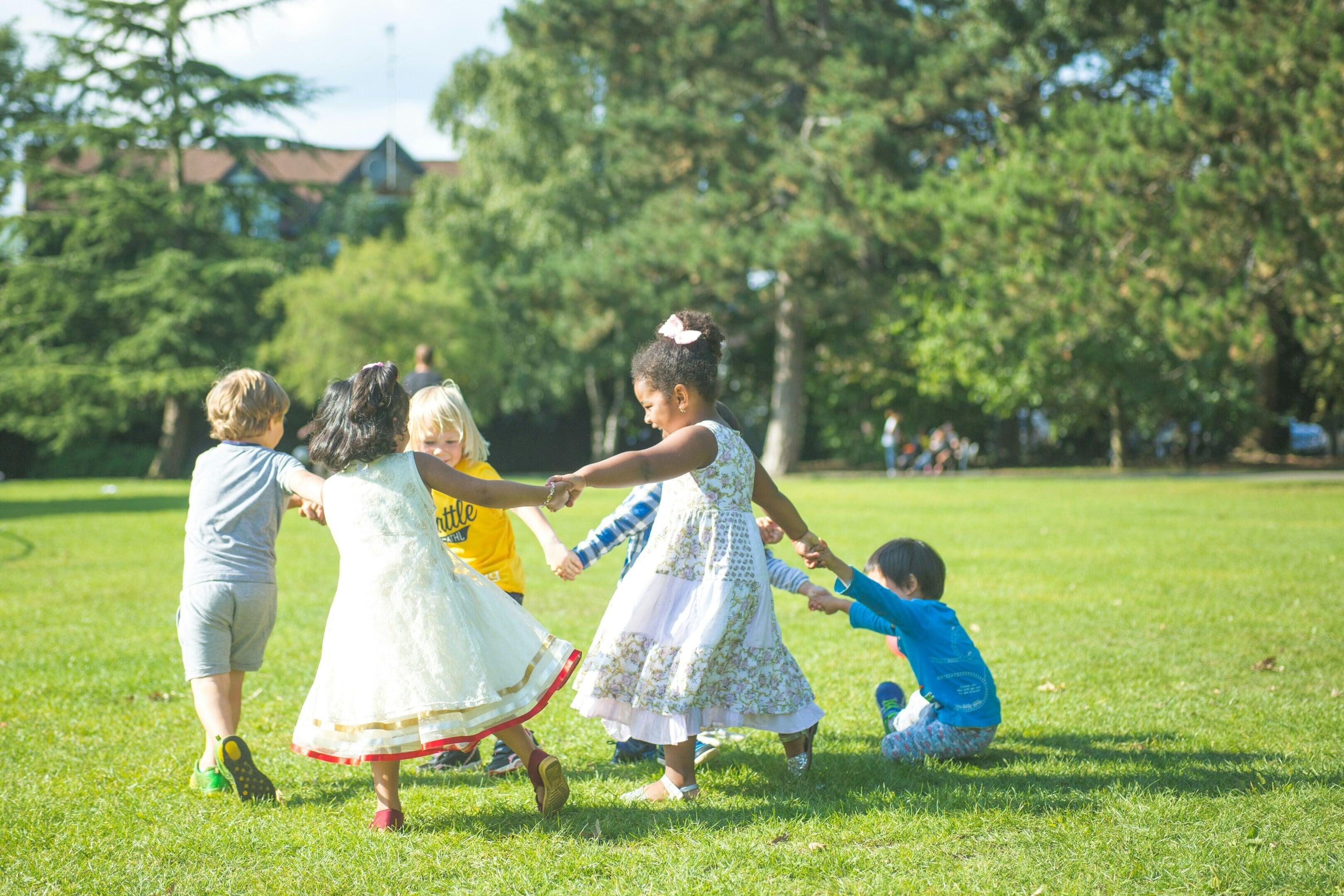Forget happiness, you should be aiming for resilience

Resilience is a vital tool in overcoming the inevitable ups and downs of life.
Image: REUTERS/Omar Sobhani
Stay up to date:
Mental Health
Happiness is a serious business. Inspired by the positive psychology movement, corporations hold positions for “chief fun officers” and esteemed institutions like Stanford and Yale offer classes on happiness. But this infatuation with good times is only creating confusion about what it means to succeed, and what skills we need to thrive.
Psychologist Anna Rowley—who counsels executives at Microsoft and other corporations—shirks the word “happiness” altogether. She believes resilience is the most important skill to cultivate, given the rapid rate of economic and technological change. Feeling good is all fine and good, but it’s fleeting. Learning to deal with difficulty, by contrast, improves your chances of feeling good again. That’s much more useful than clinging to an illusion.
We can’t always be happy. Pleasure is a relative state, contrasted by discomfort and pain. In between fleeting, pleasing moments are many challenging ones that make happiness a relief. So, to be happy, you have to first learn how to be strong; to pick yourself up after a fall, detach from sadness when you don’t succeed, and find the will to persist instead of getting depressed when things go awry, which they often will.
To experience happiness, you have to be able to find the will to persist instead of getting depressed when things go awry. Psychologists say resilience is a developed skill, not a talent of unique people blessed with a special character. It’s increasingly being taught to adults and children.For example, in Silver Spring, Maryland, anxious fifth-graders take a 12-week intensive training course called the Resilience Builder Program. The class was developed by psychologist Mary Alvord, who tells NPR, “I think it’s so critical that kids know they have the power to make changes. While we can’t control everything about our lives, we can control many facets.”
She contends that “the whole world gets better” when students learn resilience. Her class teaches them communication, stress-management, and emotional problem-solving through activities like yoga, charades, and storytelling on whiteboards.
Similarly, the United Federation of Teachers offers workshops on building student resilience. “Our kids come into school with so much going on behind the scenes, and what they really need is an outlet,” Betty Nieves, a middle school teacher at IS 240 in Brooklyn, explains on the UFT blog. “We need to find ways to accommodate that; otherwise, we’re not going to get teaching or learning done.”
Nieves recommends creating “mindful moments” in the classroom that “honor” students’ emotional states while teaching them how to work with difficult feelings and shift them. This might mean allowing kids to reflect quietly, stand up and stretch, or share feelings. When the mindful moments are over, it’s easier for everyone to detach from challenging emotional states and focus on their work.
For adults, developing resilience might make all the difference between keeping a job or burning out. A small May 2018 study from researchers at the University of Wisconsin-Madison’s Center for Healthy Minds, published in Frontiers for Psychology, found that as little as two weeks of “compassion meditation” made subjects more resilient in the face of human suffering, meaning they were able to look at struggle non-judgmentally and respond with compassion rather than becoming distraught themselves.
The 24 participants were randomly assigned to do either a daily, 30-minute “compassion meditation” or an exercise in reinterpreting personal, negative emotions. The compassion meditators learned how to visualize themselves and others suffering, and to consider people with whom they had conflicts, but not to judge their troubled emotional states—just to accept and face their emotions, and wish people well. After two weeks, both groups looked at neutral images and photos of people suffering—like a child dying or a burn victim—while undergoing brain scans. Researchers tracked their eye movements and asked what the study subjects were thinking.
People who had practiced compassion meditation were able to look at suffering in the negative images while showing less activity in the amygdala, insula and orbitofrontal cortex, areas of the brain that are active during emotional distress. The meditators weren’t just more calm, they also had more compassion for the photo subjects than the other group, which tended to reframe situations with notions like, “This person isn’t suffering—he’s just an actor.”
You can overcome negative states, rebelling against the part of you that sabotages yourself. The researchers conclude that meditation seems to develop resilience in practitioners—a trait that’s critical for people in helping professions, like medicine and law enforcement. They say the results indicate that compassion is a muscle that can be developed and flexed, which makes people more resilient, and ultimately more capable in the face of challenges.
Even if your job doesn’t involve helping people, you encounter obstacles, disappointments, and frustrations every day, socially and professionally. These can be distracting, but bouncing back is a victory—even if only you see those small daily wins. Your unrecognized reward is that you keep going.
“Resilience is a personal act of defiance,'” writes author Jesse Sostrin, who heads the executive leadership coaching program at the audit firm PwC. By becoming conscious of emotions and internal dialogue and the role they’re playing in your actions, you can overcome negative states, rebelling against the part of you that sabotages yourself.
Resilience “affects everything,” according to Sostrin, including problem-solving skills, physical, mental, and emotional well-being, and innovation. “Resilience is like a super-competency, influencing many other related skills and abilities that you need to deploy in order to work, manage, and lead well.”
Bouncing back matters more than happiness because life is tough. Everyone falls or is felled. But not everyone stays down.
Consider the case of Hari Budha Magar. He’s the first bilateral above-the-knee amputee to summit a peak higher than 19,000 feet, and has plans to climb Mount Everest in 2019. Magar, a former soldier in the Nepalese army, lost his legs in an explosion in Afghanistan. Naturally, he was devastated. “After the explosion, I didn’t know what to do, how to live, or what would come next […] Half of my body was gone, and at that point I didn’t care if the other half went too,” he tells Tricycle.
Since then, Magar says, he’s discovered “capability is in my mind, not my legs,” and he even claims that he hasn’t “lost much.” Limitations are created and destroyed in the mind, Magar argues. “Sure, I need bigger doors and bathrooms and have to rely on a wheelchair and handrails, but life is about adaptation,” he explains. “When something doesn’t work in the way we expect it to, we find different ways of doing things.”
Don't miss any update on this topic
Create a free account and access your personalized content collection with our latest publications and analyses.
License and Republishing
World Economic Forum articles may be republished in accordance with the Creative Commons Attribution-NonCommercial-NoDerivatives 4.0 International Public License, and in accordance with our Terms of Use.
The views expressed in this article are those of the author alone and not the World Economic Forum.
Forum Stories newsletter
Bringing you weekly curated insights and analysis on the global issues that matter.
More on Wellbeing and Mental HealthSee all
Margarita Louis-Dreyfus
August 22, 2025
Maha Hosain Aziz
August 20, 2025
Chavalit Frederick Tsao
August 19, 2025
Shyam Bishen
July 17, 2025
Daniel Mahadzir and David Yip
June 30, 2025
Madeleine North
June 27, 2025





